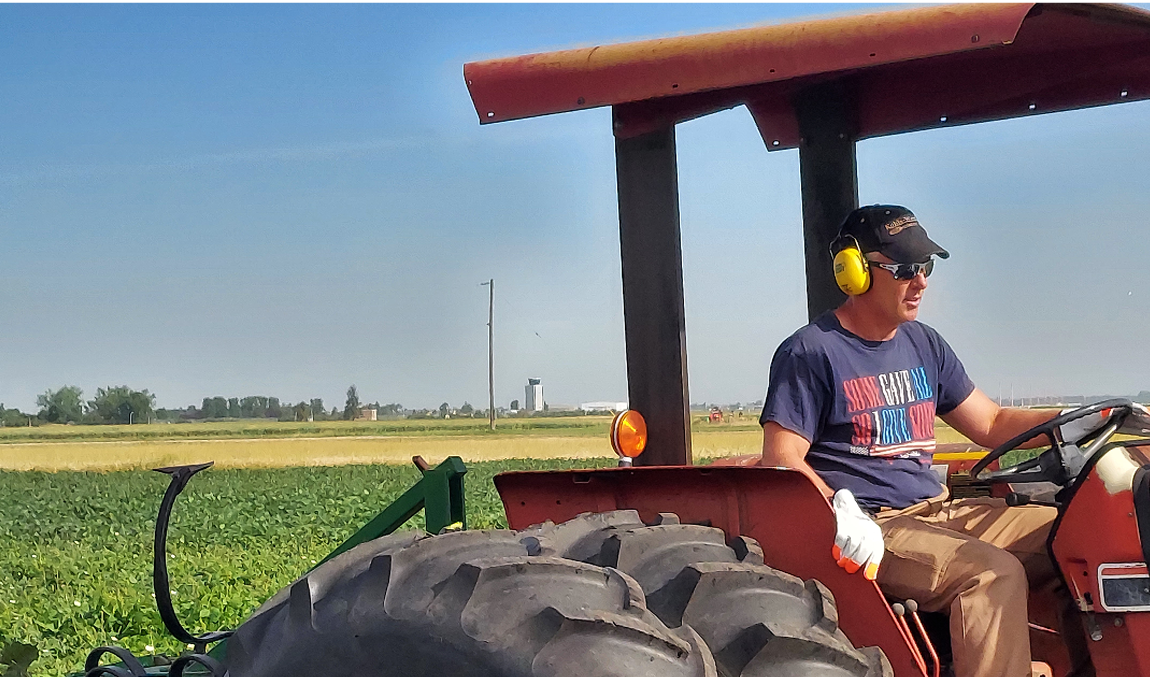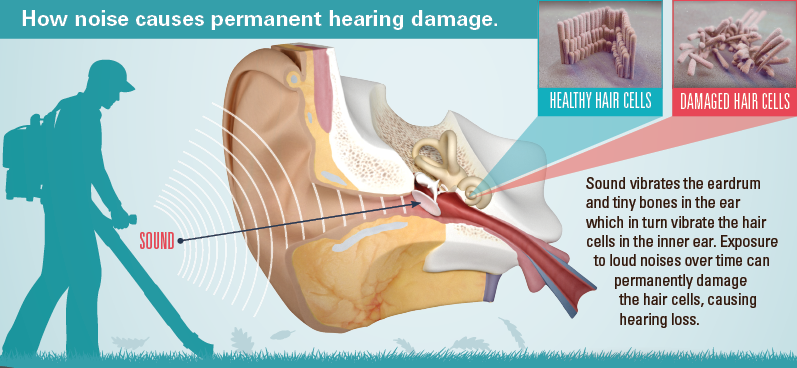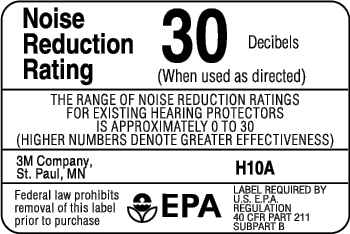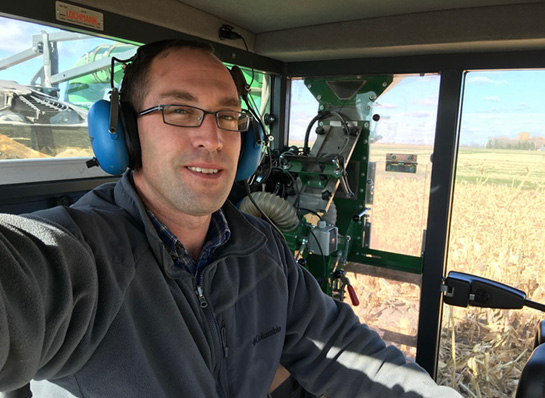ASHA Working Group. (2021). Loud noise dangers. American Speech-Language-Hearing Association. https://www.asha.org/public/hearing/loud-noise-dangers/
Butler, I. (2015). How hearing loss affects your mind.
My Hearing Centers. https://myhearingcenters.com/blog/how-hearing-loss-affects-your-mind/
Centre for Hearing Working Group. (2017). Signs of hearing loss to look out for. Centre for Hearing. https://www.centreforhearing.org/wiki/signs-of-hearing-loss-to-look-out…
Centers for Disease Control and Prevention. (2022). How noise causes permanent hearing damage. [Infographic]. U.S. Department of Health & Human Services. https://www.cdc.gov/nceh/hearing_loss/toolkit/too_loud.html
Getts, M., Ploss, A., & Brusnighan, D. (1995). Farming with a Hearing Impairment. Breaking New Ground Resource Center, Purdue University. http://www.agrability.org/resources/technical-reports-plowshares/
Great Plains Center for Agricultural Health. (n.d.) How loud is too loud? [Infographic]. University of Iowa Department of Occupational and Environmental Health. https://gpcah.public-health.uiowa.edu/outreach-2/topics/hearing-loss-pr…
Hear-it Working Group. (n.d.). Mixed hearing loss. Hear-it.
https://www.hear-it.org/farmers-risk-hearing-loss
Noise Chap Working Group. (2022). Hearing protection for people with hearing loss or hearing aids. The Noise Chap.
https://www.thenoisechap.com/hearing-protection-advice/hearing-aids-and…
Helmut. (2020). Noise reduction earmuffs review. Noisy World. https://noisyworld.orgMurphy, D. & Harshman, W. (2012). Noise induced hearing loss in agriculture. Pennsylvania State University. https://extension.psu.edu/noise-induced-hearing-loss-in-agriculture
Schwab, C. & Freeman, S. (2017) Lend an ear to hearing protection. Iowa State University Extension.
NDSU Extension does not endorse commercial products or companies even though reference may be made to tradenames, trademarks or service names.
NDSU encourages you to use and share this content, but please do so under the conditions of our Creative Commons license. You may copy, distribute, transmit and adapt this work as long as you give full attribution, don’t use the work for commercial purposes and share your resulting work similarly. For more information, visit www.ag.ndsu.edu/agcomm/creative-commons.
For more information on this and other topics, see www.ndsu.edu/extension
County commissions, North Dakota State University and U.S. Department of Agriculture cooperating. NDSU does not discriminate in its programs and activities on the basis of age, color, gender expression/identity, genetic information, marital status, national origin, participation in lawful off-campus activity, physical or mental disability, pregnancy, public assistance status, race, religion, sex, sexual orientation, spousal relationship to current employee, or veteran status, as applicable. Direct inquiries to Vice Provost for Title IX/ADA Coordinator, Old Main 201, NDSU Main Campus, 701-231-7708, ndsu.eoaa@ndsu.edu. This publication will be made available in alternative formats for people with disabilities upon request, 701-231-7881. 100-9-22
https://store.extension.iastate.edu/product/4995
United States Patent and Trademark Office. (n.d.).
How well does sound travel through different mediums?
https://www.uspto.gov/sites/default/files/HowWellSound
Travels.pdf
U.S. Center for Disease Control and Prevention




